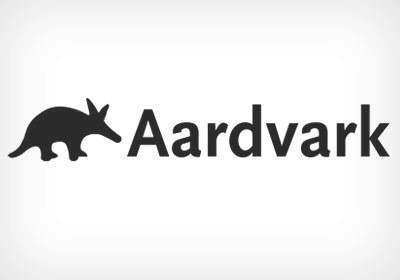In this type of test, a service is offered to customers, which they perceive as being automated, even though it is manually executed. This helps to quickly test the interest in and design of the service before making large technological investments.
The Wizard of Oz test essentially tries to fool potential customers into believing they are using a finished, automated offering, while it is still being run manually. In this type of test, a service is offered to customers, which they perceive as being automated, even though it is manually executed. This helps to quickly test the interest in and design of the service before making large technological investments. For it to work properly, you will need to invest time and resources to build the visual appearance of a finished offering. Thus, it is a test you should use later in the development process of your new offering.
Step-by-Step Guide:
Wizard of Oz Prototyping is a technique where users interact with a system they believe to be fully functional, but some or all of its operations are controlled by a hidden human operator. It allows for early testing of concepts without fully developing the system.
Step 1: Define the Concept
- Clearly outline the system or functionality you want to simulate. This could be a chatbot, AI assistant, or any automated feature.
- Identify key interactions the user will experience, such as commands or inputs they will provide.
Step 2: Design User Interface (UI)
- Create a basic interface that users will interact with. It can be as simple as wireframes or a mockup that looks real but doesn’t require backend functionality.
- Focus on making it intuitive, even though the backend processes are manual.
Step 3: Determine Wizard Role
- Decide what tasks the hidden human operator (the "Wizard") will perform. This could be interpreting user input, simulating system responses, or handling complex calculations manually.
- Define clear rules for how the Wizard will respond, ensuring consistency across interactions.
Step 4: Recruit Participants
- Find test users who represent your target audience. They should believe they are interacting with a real system, so avoid disclosing the manual aspect of the prototype.
Step 5: Run the Test
- Conduct the test sessions where users interact with the prototype. The Wizard monitors input and manually provides appropriate outputs to simulate system behavior.
- Record user behavior, reactions, and feedback without revealing the Wizard’s role.
Step 6: Collect Feedback
- Gather detailed feedback from users about their experience. Focus on usability, expectations, and any issues they faced.
- Observe how well the system concept meets user needs and note areas for improvement.
Step 7: Analyze and Iterate
- Review the feedback and interaction data. Identify what worked well and what requires adjustments.
- Iterate on the prototype based on insights, refining the concept or functionality before full development.
Step 8: Reveal Wizard Involvement (Optional)
- After the testing, you may reveal the Wizard of Oz setup to participants, especially if further feedback on the prototype’s realism is desired.
This method is useful for quickly validating ideas and gaining user insights without investing in fully building the system upfront.
Example:
Aardvark, later acquired by Google, used Wizard of Oz prototyping to develop its question-and-answer service. In the early phases, Aardvark employees manually routed user questions to the right online users, simulating an automated system. This allowed the team to gather valuable data and refine the user experience before investing in building the full backend technology.

For more information on the topic, please see the source below:
Hampshire, N., Califano, G., Spinks, D. (2022). Wizard of Oz. In: Mastering Collaboration in a Product Team. Apress, Berkeley, CA. https://doi.org/10.1007/978-1-4842-8254-0_67

#Features & requirements #Benefits & value # Target results





